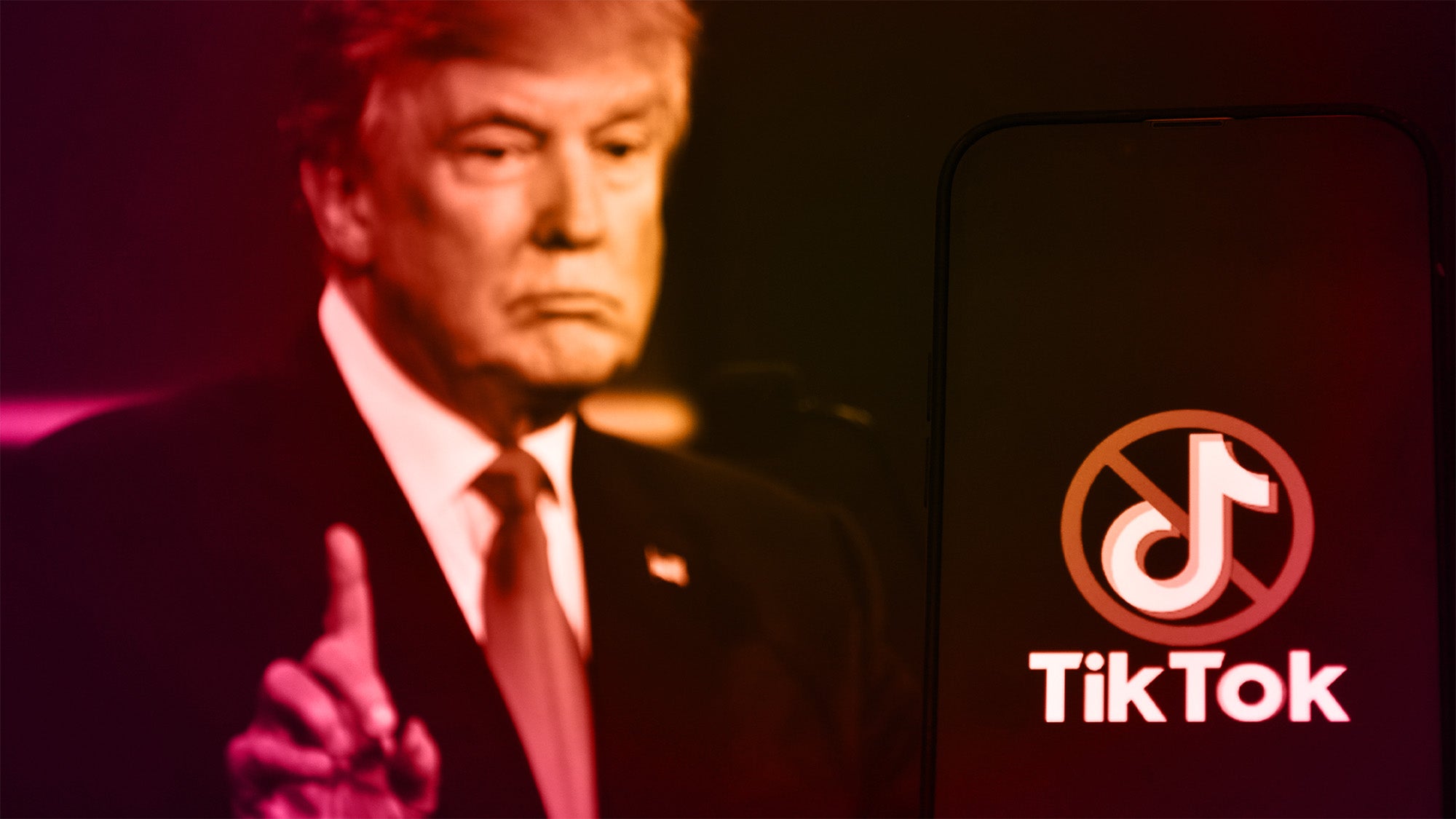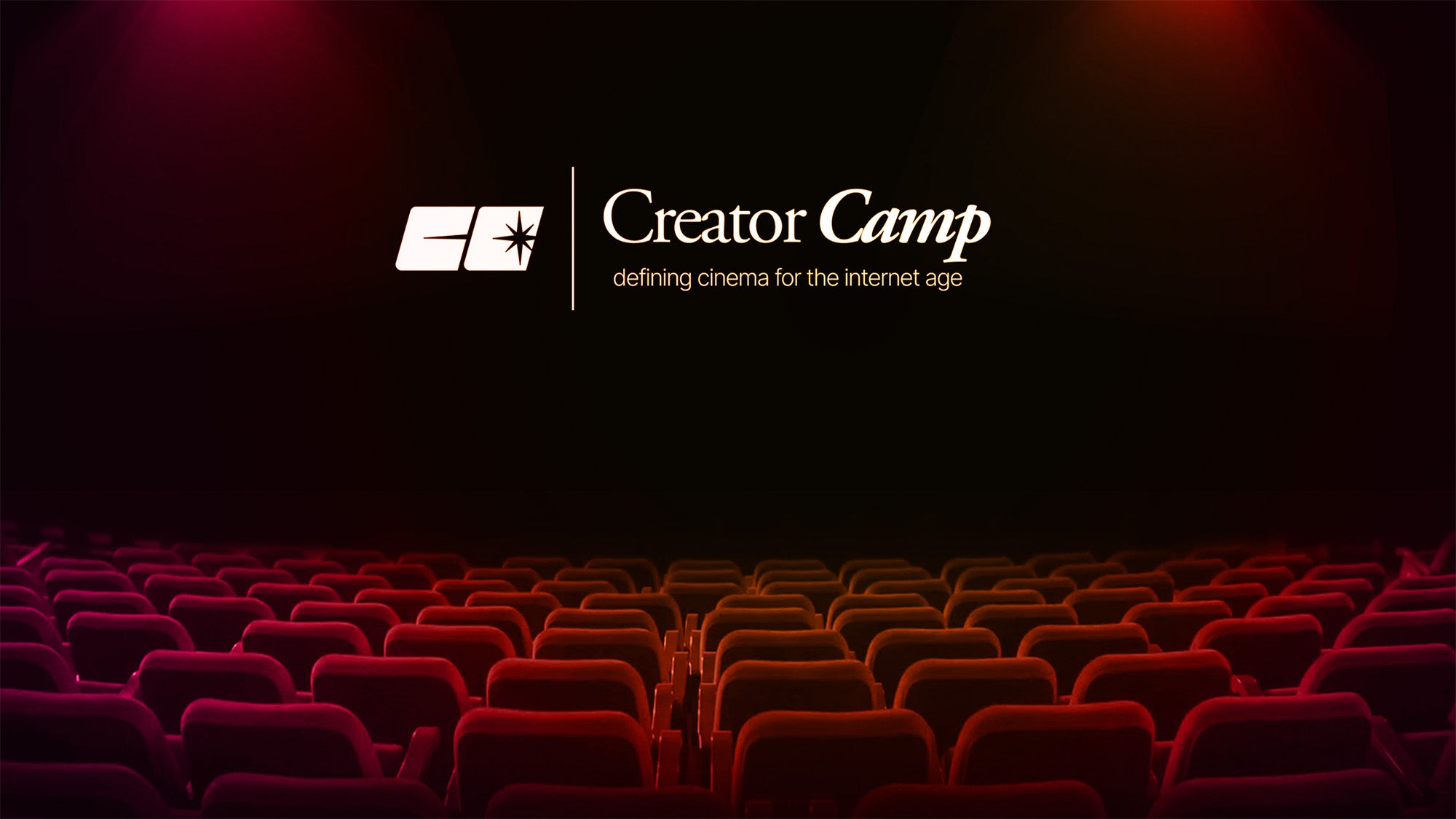This year’s White House Correspondents’ Dinner was different than years past. The president bailed — he didn’t just ghost the event, he left the country, opting to attend the pope’s funeral rather than participating in a tradition every other president has upheld for the last hundred years. The comedian was banned, something I’d call unprecedented… but you already knew that. No roast, no jokes, no spark. Just an empty stage and catered food. The event, which is usually one of the hottest, most exclusive tickets in town, felt like it was officially over.
But while legacy media clung to its crumbling rituals inside the ballroom, the real story was happening outside.
Across D.C., something else was taking shape: creators, independents, and digital insurgents filled the vacuum that traditional journalism has left behind. Substack hosted a buzzy new media alternative party with guests like the guys behind MeidasTouch (4.8 million followers), Mehdi Hasan (Zeteo News founder), and yes, even Sean Spicer.
The night before, an exclusive, invite-only dinner organized by Gymnasium founder Adam Faze and marketing guru Jessica Hoy brought together influential creators like Suzanne Lambert and Elizabeth Booker Houston, along with other rising forces in new media. For many, it was their first time attending a celebration for a dinner they didn’t even seem to want to go to.
But news influencers didn’t come to D.C. to steal journalists’ jobs, they came to fill a gap that’s been widening for years.
“Journalism is not doing the job right now. Journalism needs to step that shit up,” said Keith Edwards, a longtime progressive political operative turned YouTuber, whose channel has more than 493 000 subscribers and videos have racked up millions of views in less than a year. “The White House Correspondents’ celebration should be a funeral,” he said after taking pictures at the Substack party.
Once the arbiters of public opinion, many legacy outlets are now eclipsed by individual news influencers who reach far more people on their own than traditional media does as a whole. And while corporate media may have more resources than a TikToker, they lack the digital knowledge that’s increasingly essential for reaching news consumers today. “They have legacy money,” Edwards said, “but they also have legacy problems.”
Adam Faze, who founded the shortform content studio Gymnasium (and who produced viral shows like Subway Takes and Boyroom), put it bluntly: “Regardless of whatever you think of YouTube or TikTok, it is television for most young people—so either you’re on television, or you’re not.”
And that’s not just a cute metaphor. It’s a warning. “The platforms that exist right now—CNN, MSNBC, and Fox News—can either get with the times and be on the platforms that you and I are watching, or they won’t exist for our generation,” Faze said.
But this influencer revolution doesn’t come without risk. Traditional outlets offer lawyers, health insurance, and infrastructure. Being an influencer-journalist typically doesn’t. And in a political climate increasingly hostile to the press, that lack of institutional protection can make you incredibly vulnerable.
Just ask Tara Palmeri, formerly of Puck, ABC News and Politico’s Playbook, who recently launched her own Substack, The Red Letter, only to face legal threats from Sean Spicer. On the dance floor of the NBC after-party, over loud music, she explained that while she wants every journalist, especially women, to liberate themselves from the shackles of old media, she’s already felt the consequences of that freedom.
“Once I went independent, [Sean Spicer] saw that I don’t have the institutional support I had before, and he’s decided to come after me,” she told me. “It’s bullying, intimidation, and an attempt to stifle independent voices like ours.”
And yet, despite the administration’s attacks on First Amendment rights, creators remain undeterred. “I’m willing to take a risk,” said Jolly Good Ginger, a TikToker with over 5.2 million followers, “because I give a fuck.” He said that while journalists might be following a script, he’s a person and takes the privilege of his platform extremely seriously.
But the threat of lawsuits doesn’t just seem like the price to pay, for some it feels like an opportunity for content, community engagement and even clout. “If I were to get sued by Trump, that would be the best day of my life,” Edwards confessed. “We don’t have five lawyers working for us, but I have a million people who want to help me—and I’d rather have that.”
Maybe that’s what legacy media never fully understood. Their brands gave them respect and credibility for decades, but with trust in traditional media at an all-time low, and a president weaponizing that distrust to expand his power, that halo is fading. Meanwhile, creators who come across as authentic and relatable have earned the trust of their audiences when belief in legacy outlets is crumbling.
Research shows 56% of Gen Z find social media content more relevant than TV, and nearly half say they feel a stronger connection with creators than with mainstream media figures. Creators know this. That’s why they’re not trying to join the old system—they’re building something entirely new.
As Faze put it, “We’re in the Wild Wild West. We are the earliest test babies for what is the future.” He says the water isn’t warm yet, but creators are jumping in anyway, willing to heat it up for everyone else despite the dangers of doing it during an era of pure political chaos. “It’s going to get worse before it gets better. We have to fight for the world we want to live in,” Faze added.
He even predicted a Twitch influencer would soon be president, a possibility that suddenly made it feel like she might already be in the room.




